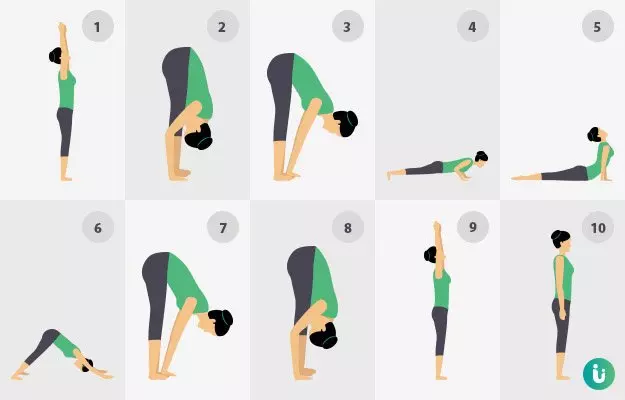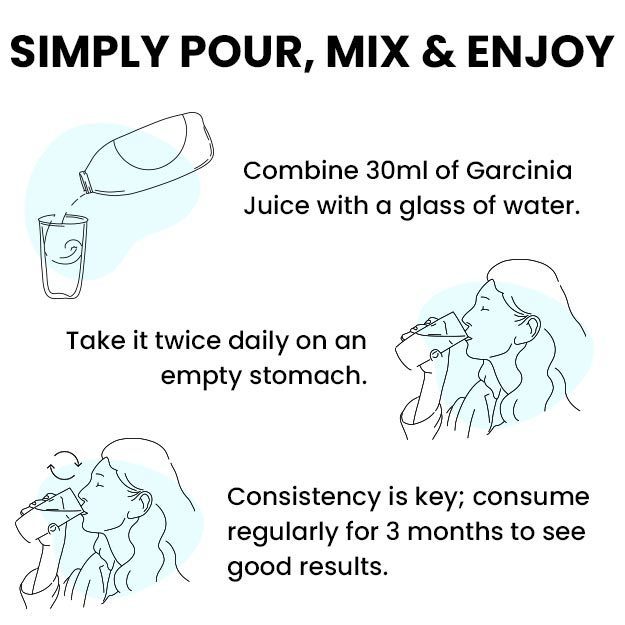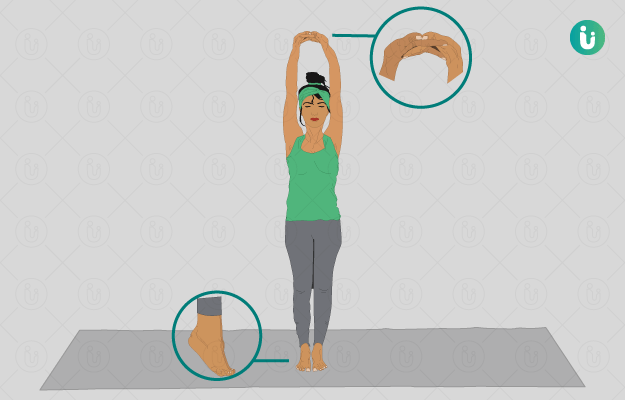“Yoga is not just physical exercises. It's emotional integration, spiritual elevation, with a touch of a mystic element, which gives you a glimpse of something which is beyond all imagination.”- Sri Sri Ravi Shankar.
Yoga originated around 5000 years ago and is being used since the time of Vedas and Upanishads. When you sit back and enlist the contributions of India towards the world, yoga will definitely be at the top.
Yoga means Union in Sanskrit and it is believed that practising yoga leads to the union of a person with his or her true nature or with God.
Surya Namaskar is one of the most famous yoga asanas. It was originally meant to worship the sun, but it also has a lot of advantages for physical, mental and the spiritual well being of a person.
Surya is a Sanskrit word used to denote the most important star of the solar system, the ‘sun’, and the term namaskar is the sandhi of two different Sanskrit words which are ‘namah’ which means to greet or to pray and ‘kara’ which means hands.
So Surya Namaskar means to greet or pray to the sun with joint hands.
Though the name Surya Namaskar seems to be very easy to understand, the asana itself is quite complex and comprises several variations of poses merging into each other.
Besides being a significant cardiovascular workout, Surya Namaskar is also known to have a positive impact on the body and mind. In fact, Surya Namaskar or sun salutation is considered as an epitome of all the yogas. It is equally beneficial for people belonging to all age group and body types and helps in making your body disease free and healthy.
Interesting facts about Surya Namaskar
- Surya Namaskar is mentioned in the oldest Indian Veda - Rigveda. It dates back to 1500 B.C.
- According to the Puranas, Aditya Hridayam is another practice which involves Surya Namaskar.
- Even in western literature, Surya Namaskar was mentioned way back in 1860 by Rev. William Cooke Taylor, in his writing named “A Catalogue raisonnée of oriental manuscripts”
Let us find out the steps for practising surya namaskar and its various benefits.










































